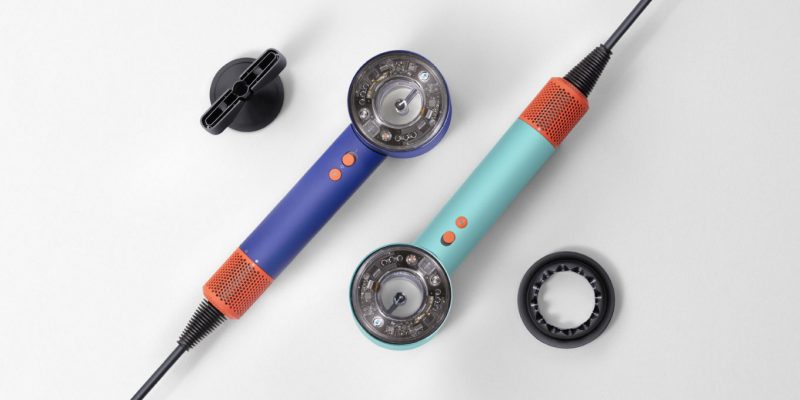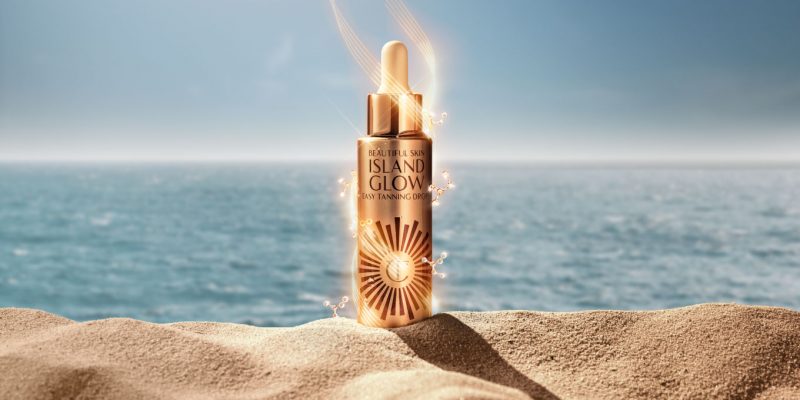Skincare
3 Women Contracted HIV From Vampire Facials. Here's What You Need to Know
We spoke to the CDC on what to do at your next beauty appointment to stay safe.
by : Keyaira Kelly- Apr 30th, 2024

Getty Images
A beauty treatment made popular by celebrities like Kim and Kourtney Kardashian is now the focus of the CDC’s latest health investigation. 3 patients who received platelet-rich plasma (PRP) microneedling procedures, or “vampire facials” at VIP Spa in New Mexico, contracted HIV due to negligence and unsanitary facilities, according to the CDC’s Morbidity and Mortality Weekly report published last week. An on-site inspection of the spa, which is now closed, found “multiple unsafe infection control practices,” including “unlabeled tubes containing blood” stored in kitchen refrigerators, and unwrapped syringes “discarded in regular trash cans.” This is the first case ever linking cosmetic injection beauty services and HIV transmission, CDC epidemiologist Dr. Anna Behar tells ELLE.com. “The risk for HIV is generally very low when it comes to cosmetic injection services. This is the only instance that we’re aware of,” she said.
The federal authorities started their investigation into VIP Spa in the summer of 2018 after the New Mexico Department of Health reported a woman in her 40s, who was a patient at the spa, tested positive for HIV despite reporting no injection drug use, sexual contact with anyone other than her partner, or recent blood transfusions. Her diagnosis, void of typical risk factors associated with HIV, triggered the CDC to investigate and identify 59 spa clients at risk of HIV exposure. VIP Spa was shut down in September of 2018, and its owner, Maria Ramos de Ruiz, is now serving three and a half years in prison.
While this case is rare, it still stands as a clarion call for beauty girlies to do their due diligence and thoroughly research the facilities and licensing of practitioners before undergoing any cosmetic procedure. Dr. Behar said that the spa’s practices were bursting with red flags, including no bookkeeping system or consent forms for patients. While it can be hard to spot what’s happening behind the desk at a medical practice, background research and on-site vigilance can help keep you safe. Even small things, like keeping an eye out to make sure your provider opens sterile needles and vials right in front of you, can help put you at ease, Dr. Behar said. The bottom line is if anything feels off, trust your gut. “When in doubt, just ask the provider. Ask about their licensing. Ask about infection control practices. If it worries you, know your peace of mind is non-negotiable,” she said.
Aside from this extreme case, the treatment is relatively safe, but risks, like infection, scarring, and hyperpigmentation are still possible, New York-based dermatologist Marisa Garshick, tells ELLE.com. The procedure works by first extracting the patients’ blood, which is then spun in a centrifuge to extract the PRP, which is then injected back into the patient’s face. The treatment has been linked to benefits, including facial rejuvenation, reduction of fine lines and wrinkles, improved skin texture, and decreased acne scarring, Dr. Garshick tells ELLE.com.
After Kim Kardashian’s bloody Instagram selfie made the vampire facial fetch, the mega-influencer wrote a post on her blog years later saying, “It’s the one treatment that I’ll never do again.” Other patients, like Tanya Foster, who underwent the procedure in 2016, tells ELLE.com that while “it’s not exactly enjoyable,” she would still “highly recommend it.” Foster said her treatment led to smoother, plumper skin and a more youthful look. Foster notes that she did, however, opt to have a phlebotomist do her blood draw, which she said was “hugely helpful.”
ELLE US digital beauty director Danielle James, underwent the treatment in 2019 and shares that the results of a PRP facial lasted her six months. “My skin had this inner glow and was brighter,” she says. While she also highly recommends the procedure, she adds, “I went to a facial plastic surgeon to get this procedure done. He also had registered nurses on staff, so I felt safe. I wouldn’t get this procedure done by just anyone. Definitely do your research and get a first-person recommendation if you can,” she says.
Dr. Garshick said that beyond vampire facials, other outpatient procedures, like Botox or fillers, could put patients at risk of HIV transmission if contaminated needles are used for the injectables. That’s why it’s important to check the credentials of the person performing your treatments (like a board-certified dermatologist or plastic surgeon), do a facility scan before treatment to ensure equipment is properly cleaned, make sure the procedure is performed in a medical setting, and “if the price is too good to be true, it probably is,” Dr. Garshick said.
This article originally appeared in ELLE US.
Read more:
The Best Cosmetic Treatments for Every Budget
Are Exosomes the Next Frontier in Aesthetics?
“Barrier” Is Beauty’s Latest Buzzword
Newsletter
Join our mailing list for the latest and biggest in fashion trends, beauty, culture and celebrity.
Read Next

Fashion
Tennis Champions Roger Federer and Rafael Nadal Climb a Mountain With Louis Vuitton
An Odyssey of rivals turned friends.
by : Allie Turner- May 18th, 2024

Culture
Two ‘Bridgerton’ Cast Members Are Dating IRL
The Ton is a-twitter with rumours.
by : Rebecca Mitchell- May 17th, 2024

Life and Love
Have You Tried These Goodies for Sexual Wellness Yet?
Consider this your sign that it’s time to improve your sexual well-being—a key part of your overall health.
by : ELLE Canada- May 7th, 2024




